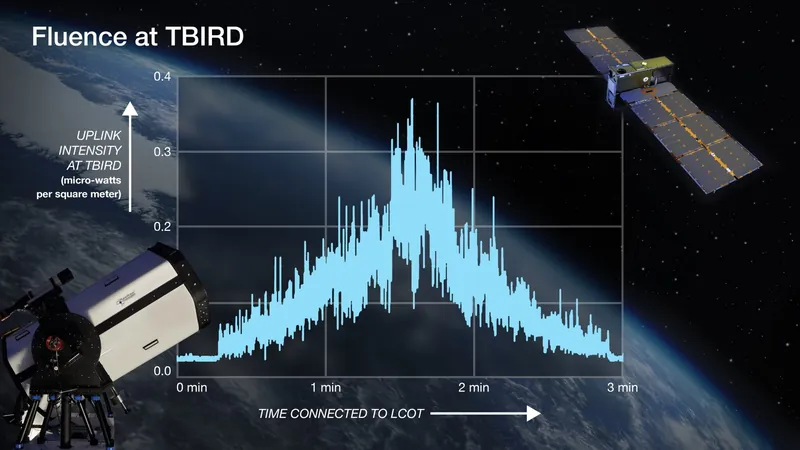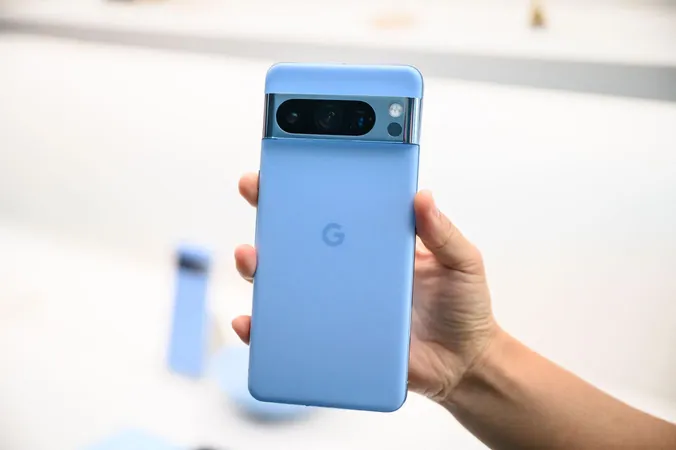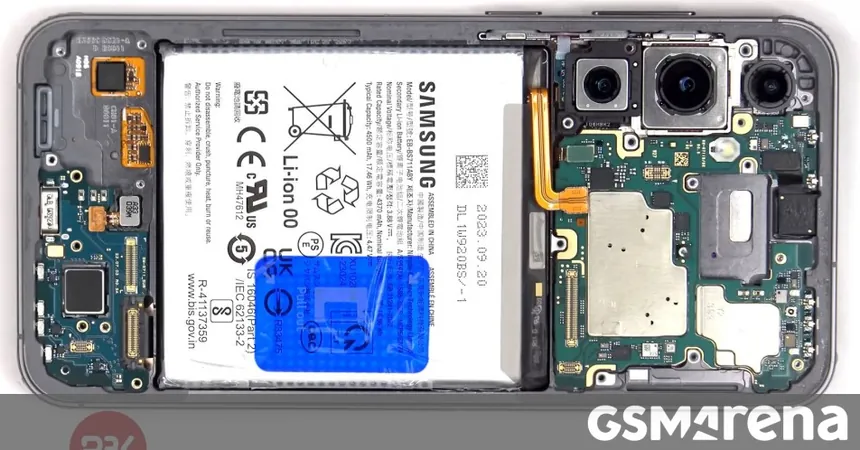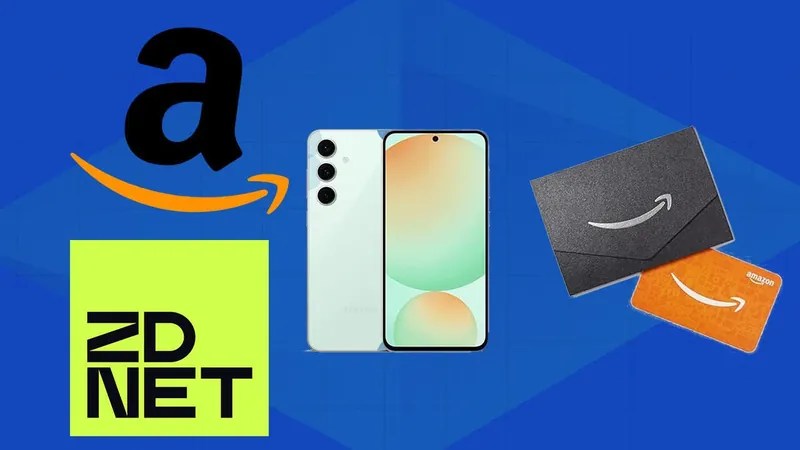
NASA's Game-Changing Laser Communications Breakthrough Transmits First Uplink to Space!
2024-10-09
Author: Emma
NASA's Low-Cost Optical Terminal (LCOT)
NASA is making waves in space communication technology with its Low-Cost Optical Terminal (LCOT), a groundbreaking ground station crafted from modified commercial hardware. In an impressive feat, LCOT has successfully transmitted its inaugural laser communications uplink to the TBIRD (TeraByte Infrared Delivery), a compact, tissue box-sized payload that once orbited Earth at low altitudes.
Successful Uplink Test
During this exciting live sky test, the LCOT achieved a remarkable uplink intensity, enabling the TBIRD payload to detect the laser beacon, establish a connection, and sustain it for over three minutes! This achievement is monumental for laser communications, as connecting from Earth to TBIRD required pinpoint accuracy of just one milliradian—akin to striking a three-foot target from a staggering distance equivalent to over eight American football fields.
Groundbreaking Data Transmission Rates
TBIRD’s two-year mission has produced groundbreaking results, including transmitting data at a jaw-dropping rate of 200 gigabits per second just before its mission wrapped up on September 15, 2024. Imagine that! In practical terms, the three-minute connection time between LCOT and TBIRD could facilitate the transfer of more than five terabytes of essential scientific data—enough to stream over 2,500 hours of high-definition video, all in a single pass.
Future Missions and Implications
This ultra-fast communication system could significantly enhance future scientific missions, allowing for uninterrupted data transfer even as missions venture farther into space than ever before. NASA's Space Communications and Navigation (SCaN) program is poised to deploy this laser technology in multiple upcoming missions, including the much-anticipated Artemis II mission.
Expert Insights on Laser Communications
Kevin Coggins, SCaN’s deputy associate administrator, expresses enthusiasm about the technology's vast potential: “Optical, or laser, communications can transfer 10 to 100 times more data than traditional radio frequencies. It’s truly the wave of the future, providing scientists with an unparalleled opportunity to gather more data than ever and serving as a critical lifeline for astronauts as they travel to and from Mars.”
A Shift in Communication Paradigms
Historically, space missions relied on radio frequencies for data transmission, but as scientific instruments evolve and generate increasingly large volumes of data, traditional communication methods struggle to keep up. Laser communications utilize infrared light at shorter wavelengths, enabling ground stations to send and receive substantially higher data rates.









 Brasil (PT)
Brasil (PT)
 Canada (EN)
Canada (EN)
 Chile (ES)
Chile (ES)
 España (ES)
España (ES)
 France (FR)
France (FR)
 Hong Kong (EN)
Hong Kong (EN)
 Italia (IT)
Italia (IT)
 日本 (JA)
日本 (JA)
 Magyarország (HU)
Magyarország (HU)
 Norge (NO)
Norge (NO)
 Polska (PL)
Polska (PL)
 Schweiz (DE)
Schweiz (DE)
 Singapore (EN)
Singapore (EN)
 Sverige (SV)
Sverige (SV)
 Suomi (FI)
Suomi (FI)
 Türkiye (TR)
Türkiye (TR)